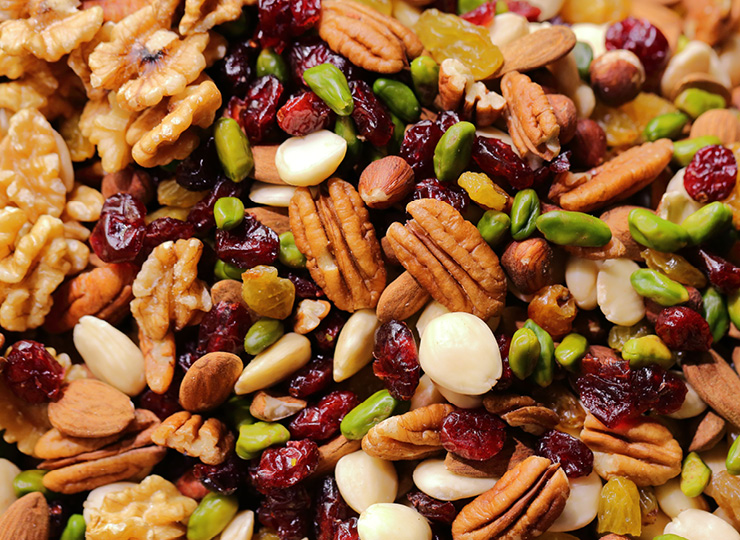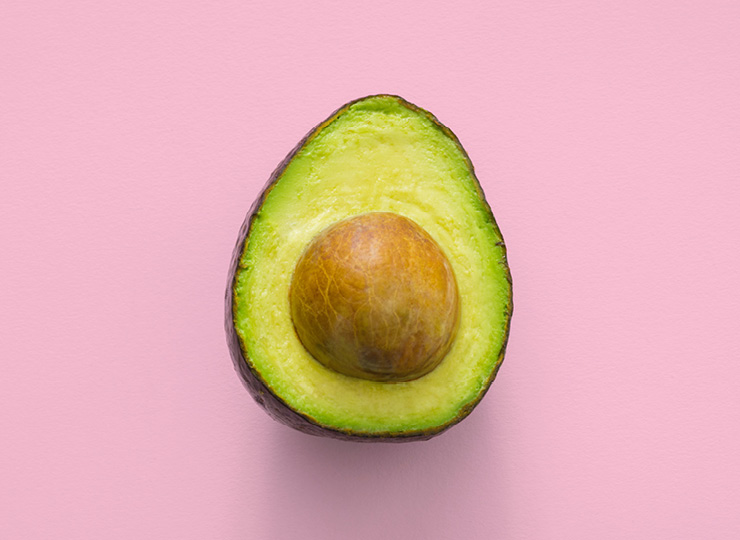
The No-Carb Diet Plan
A Comprehensive Guide to Adopting the Low-Carb Diet
A low-carb diet plan can be an effective way to lose weight and improve health. A low-carb diet focuses on limiting the consumption of carbohydrates, including grains, beans, legumes, fruits, vegetables, milk, yogurt, pasta, bread, and baked goods, so that the body can use stored fat for energy, resulting in weight loss. While this type of diet can be restrictive and challenging to follow, it is effective for weight loss and is associated with various other health benefits.
This article will provide an overview of the low-carb meal plan, including what to eat and strategies for successful dieting.

What is a Low-Carb Diet?
Carbs are the primary source of energy for your body. That said, they can quickly become excess fat when we live a more sedentary lifestyle. Therefore, a low-carb diet is an excellent option for someone wanting to be more mindful of their caloric intake and their body’s energy sources.
Low-carb eating can be tailored to suit individual needs, depending on the desired weight loss goals and lifestyle. It involves the reduction of carbohydrates in the diet while still including healthy sources of fats and proteins, such as meats, fish, eggs, cheese, oils, and butter. This type of diet has been linked to various health benefits, such as improved cholesterol levels, blood sugar control, and even a reduction in inflammation. In addition, it can help to increase energy levels and reduce hunger cravings over time. Following a low-carb diet can be a successful and rewarding experience with the right plan, mindset, and strategies in place.
The Definition of a Low-Carb Diet Plan
To reiterate, a low-carb diet plan is a dietary approach that limits the amount of carbohydrates one consumes from foods, such as grains, starchy vegetables, and sugar. It is a popular weight-loss strategy and is believed to also benefit those wanting to improve their overall health. It also promotes the ingestion of more healthy fats and proteins, which can benefit muscle growth and development.
A low-carb diet plan typically involves eating lean proteins, such as fish, eggs, spinach, broccoli, and olive oil. Some people may also add low-carbohydrate snacks like nuts, seeds, and cheese. It is important to note that a low-carb diet plan should be tailored to an individual’s needs and lifestyle, as everyone’s body responds differently to different dietary approaches.
The Benefits of a Low-Carb Diet
Low-carb diet meals are becoming increasingly popular due to their potential health benefits. A low-carb diet can result in weight loss, increased energy levels, improved mental clarity, and better overall health and wellness.
Studies have also shown that a low-carb diet can reduce the risk of diseases like heart disease, diabetes, and cancer. Jeff S. Volek, Ph.D, associate professor of kinesiology at the University of Connecticut, shares that “reducing carbohydrates led to considerably greater reductions in several pro-inflammatory cytokines, chemokines, and adhesion molecules. These data implicate dietary carbohydrate rather than fat as a more significant nutritional factor contributing to inflammatory processes.”
Additionally, a low-carb diet can help to improve blood sugar control and reduce bad cholesterol. It can also benefit those looking to increase muscle mass and reduce body fat.

How to Follow a Low Carb Meal Plan
If you want to follow a low-carb meal plan to improve your health, you’ve come to the right place. As mentioned, low-carb diets help reduce sugar and processed food intake, improve blood sugar levels, and even help with weight loss.
Jill Corleone, RD and contributor with Very Well Fit, shares that “The most accepted definition of a low-carb diet is one that provides less than 20% of calories from carbs or less than 100 grams of carbs on a 2,000-calorie per day diet.” To help you get started, here are some tips and tricks on how to follow a low-carb meal plan.
Food Options
Regarding food options, a low-carb diet meal plan consists of foods that are high in protein, healthy fats, and low in carbohydrates. This includes lean meats, fish, eggs, dairy products, nuts, seeds, and leafy greens. Healthy fats include avocado, coconut oil, and olive oil. Regarding carbohydrates, choose whole grains, legumes, and starchy vegetables in moderation.
Low-Carb Meal Plans
Some popular low-carb meal plans include the Atkins Diet, the Keto Diet, and the Paleo Diet. Each of these diets has its unique approach to reducing carbohydrate intake. The Atkins Diet is a high-protein, high-fat diet emphasizing reducing sugar and processed foods. The Keto Diet is a high-fat, low-carb diet focusing on eating healthy fats and proteins while limiting carbs. Lastly, the Paleo Diet focuses on eating whole foods similar to what our ancestors ate.

Strategies for Successful Low Carbohydrate Diets
A low-carbohydrate diet can be a great way to improve your overall health and wellness. However, it is essential to ensure that you are following the right strategies to guarantee your success. By following a few key strategies, you can ensure that you get all the nutrition your body needs to thrive and function well, while still following a low-carb diet.
Tips for Sticking to Low-Carb Eating
Sticking to a low-carb eating plan can be challenging, but it can be done. Here are some tips to help make it easier:
- Meal plan to ensure you have healthy and nutritious meals ready at a moment’s notice. This will help to reduce the temptation of unhealthy foods. Along with this, don’t keep carbohydrate-heavy foods in your home.
- Choose the right foods to include in your meals. Focus on lean proteins, non-starchy vegetables, and healthy fats.
- Track your progress to increase motivation and commitment. An excellent way to do this is to write down what you eat, record your weight and other metrics, or consider using an app to track your intake and body composition. It’s also critical to record how you feel throughout the day with each food you consume and when you might need a pick-me-up. This is important to adjust your eating habits and feel your best.
- Find a support system to help you stay on track. This can include a nutritionist, friend, mentor, or fitness pal. These individuals can be a great source of motivation and accountability.
By following these tips, you are more likely to stay on track with your low-carb diet and crush your goals.
Common Pitfalls to Avoid
When following a low-carb diet, it is essential to avoid common pitfalls. One of the most common pitfalls is not eating enough protein. Many low-carb diets focus on cutting carbs, but protein is just as essential to your body’s overall health and wellbeing.
Harvard Health Medical School shares that “to determine your daily protein intake, you can multiply your weight in pounds by 0.36. For example, a 50-year-old woman who weighs 140 pounds and is sedentary translates into 53 grams of protein daily.”
Another common pitfall is not eating enough fiber or healthy fats. Fiber and healthy fats are essential for keeping you full and helping you absorb nutrients. Finally, some people may fall into the trap of eating processed or unhealthy low-carb foods. It is essential to focus on whole foods, as these will provide the most nutrition. With these tips in mind, you can avoid common pitfalls and stay on track with your low-carb diet.

How A Low-Carb Meal Plan Can Help You Reach Your Goals
Eating a healthy, balanced diet is essential to reaching your fitness and health goals. A low-carb meal plan is one way to achieve this, as it helps to reduce the number of processed carbohydrates and sugars you consume. Low-carb eating can help you to maintain a healthy weight, reduce your risk of chronic illnesses, such as diabetes and heart disease, and improve your overall energy levels.
With a low-carb meal plan, you can easily substitute unhealthy processed foods with healthier, nutrient-rich options that provide essential vitamins and minerals your body needs. Eating a low-carb diet can also help to reduce cravings for unhealthy foods, such as sugary snacks and fast food, and help you reach your goals of living a healthier lifestyle by ensuring your meals are balanced and nutritious.
Crunch promotes a culture of positivity, inclusivity, and fun with no judgments by providing an environment for all individuals regardless of their health and fitness goals. Find a Crunch gym near you to try our free trial membership, or join Crunch now. We’re here for you – at the gym or at home. Access the best live & on-demand workouts anytime, anywhere with Crunch+. Ready to get sweaty? Try hundreds of workouts for free! Start your free trial now!










































































